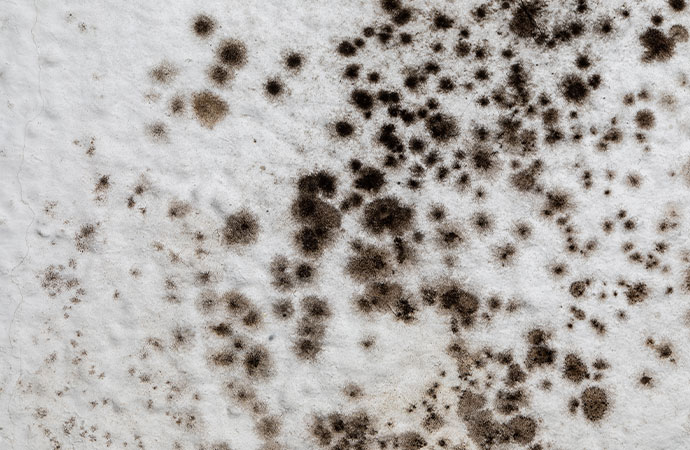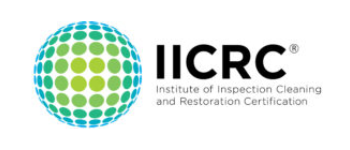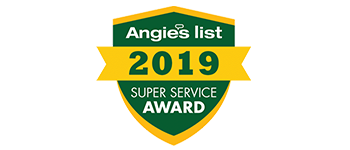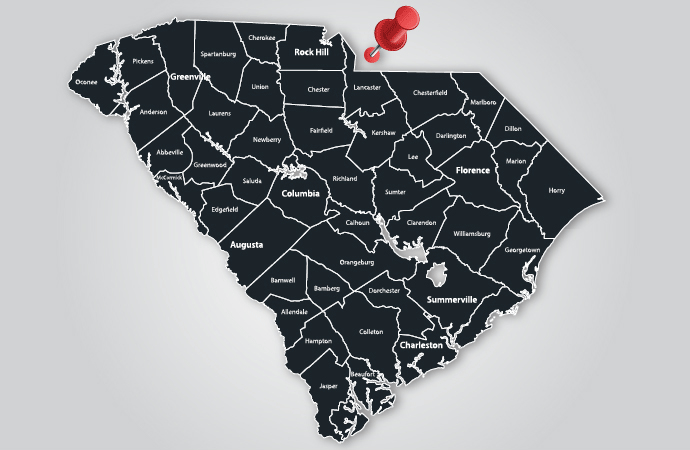How To Prevent Mold Infestation After Water Damage To Your Home
Water damage is one of the most common reasons why homeowners file claims on their homeowner’s insurance policies. Water can cause serious damage to wood structures, drywall, electrical systems, appliances, furniture, and other personal property. The water infiltrates wood fibers, corrodes metal, and can undermine the integrity of the home’s structure. Learning how to prevent mold after water damage will help prevent more damage in the future.
One of the most difficult problems to correct is the mold growth that almost invariably occurs after water damage. Mold growth begins within 24 to 48 hours of the water damage event, so it is important that you act immediately to prevent it or inhibit its growth. Mold remediation can be challenging and expensive, and the cost of mold remediation may not be covered by your homeowner’s insurance policy. Coverage depends on the event that caused the water damage and the resulting mold, the terms of your policy, and your diligence in documenting the damage pursuant to the directions of your insurance company.
What You Should Do
Whether the cost of mold removal is covered by your insurance policy or not, you should take immediate steps to prevent mold growth, or at least mitigate the infestation. Removing mold is important for your health and for the integrity of your property. If mold is neglected, it will continue to grow and cause more damage.

Here are things you need to do if you discover moisture in your home where it should not be, or as soon as you safely can after a sudden water event:
- Clear all water from the area immediately. Immediately remove the water. Use towels, rags or mops if the amount of water is not relatively minor and the water is from a clean water source such as a burst water pipe or leaking air conditioner. If the amount of water is more significant, use buckets or rent specialized equipment to vacuum the water out. However, the water may be hazardous to touch if it is from a natural flood, sewer backup, or similar events. In those cases, you need appropriate protective gear to touch it. Water that is contaminated with dangerous chemicals and pathogens can be deadly.
- Remove, clean, and dry rugs. Wet rugs and carpets must be removed to be cleaned and dried. A good steam cleaning can eliminate all contaminants, including mold and bacteria. If you cannot have them professionally cleaned, it may be best to get rid of them to be sure they do not harbor mold in your home after your hard work to prevent it. If you don’t remove the carpets and padding, mold will assuredly grow underneath them and infect the surrounding areas.
- Use rags or mops on wet surfaces. Use clean, dry rags, towels, or mops to remove any remaining moisture on the affected areas. Be sure to wash them before using them again.
- Dry the area out with large fans and a dehumidifier. To keep mold from growing, reduce the humidity in the room(s) to below 50%. Unless you live in a very dry climate, you will have to use a dehumidifier to achieve that level of humidity. Run multiple fans to circulate the air through the house to help dry out every surface that was affected by the moisture. If the weather outside is sunny and dry, you can open all of the windows and let the outside air blow through your home. It normally takes a trained professional 3-5 days with commercial equipment to dry your home to its dry standard so expect more than that if you’re attempting to do it yourself.
- Sanitize everything to prevent bacteria growth! After you have removed all of the moisture, you need to clean and sanitize all surfaces. Use cleaning products that are formulated to eliminate both bacteria and mold.
How Do You Know If Your Efforts to Prevent Mold Succeeded?
After several weeks, you will likely know. Despite your best efforts to prevent mold, you probably have it if your home starts to smell moldy or if you observe water stains. You may not see the mold because it could be on the backside of drywall, wallpaper, or paneling; on the top of ceiling tiles; underneath carpets and pads; around leaking pipes; inside ductwork; and in other locations that are hard to access.
Learning how to prevent mold after water damage, is simple and should help you in the long-run. Be aware that DIY preventive measures don’t always work, even if the water damage event seemed minor. If you notice any signs of mold growth after completing your own preventive steps, you should immediately call a mold remediation professional.
Call the Water Damage Professionals at Kingsley Water Damage & Fire Cleanup, LLC, for more information about mold prevention
The water damage specialists at Kingsley Water Damage & Fire Cleanup are available to answer your questions about effective steps to prevent mold after a water damage event in your home. Whether you had a water damage problem you took care of yourself or your home is flooding right now, call the water damage specialists at Kingsley Water Damage & Fire Cleanup to help.





